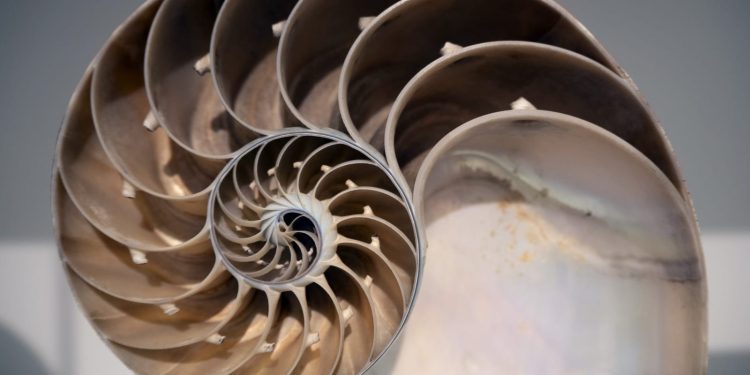From nautilus shells to iconic architectural masterpieces, nature and design are full of surprising patterns. Recently, mathematicians have uncovered a new geometric shape that might be more familiar than you’d think. Known as “soft cells,” these shapes could change how we understand both natural formations and modern structures.
In essence, soft cells are geometric shapes with rounded, interlocking edges that can perfectly fill a space—either in two or three dimensions. While it may sound basic, the discovery is groundbreaking. Mathematician Chaim Goodman-Strauss from the National Museum of Mathematics, who wasn’t involved in the research, told Nature that this classification was long overdue. “It’s astonishing how many simple geometric concepts remain unexplored,” he remarked.
For centuries, mathematicians have known that certain shapes, like triangles, squares, and hexagons, can cover a 2D surface without leaving gaps. However, in the 1980s, the discovery of Penrose tilings—a pattern that can fill a space without repeating—opened new avenues of exploration in geometry. Now, researchers led by Gábor Domokos at the Budapest University of Technology and Economics have taken this a step further, investigating what happens when shapes with sharp corners are rounded off. The results, published in PNAS Nexus, describe a novel class of shapes they dubbed “soft cells.”
The Shape’s Unique Characteristics
The key feature of soft cells lies in their rounded, cusp-like corners. These cusps form a seamless fit with one another, enabling them to fill both 2D and 3D spaces without gaps. When expanded into three dimensions, these shapes can even form volumetric structures without requiring sharp corners. The research team also developed a quantitative way to measure the “softness” of these shapes, revealing that the “softest” forms have winged edges, which enhance their ability to fill space smoothly.
Interestingly, examples of soft cells can be found in nature. The cross-sections of onions and biological tissues are prime 2D examples, while nautilus shells display 3D soft cell forms. Observing these shells was a pivotal moment for Domokos and his team, as they realized the nautilus’s internal chambers resembled 2D soft cells. “It was surprising to see such a familiar structure fit this new definition,” Domokos explained.
Why Has It Taken So Long to Define?
Despite their apparent simplicity, soft cells had never been formally defined until now. According to Domokos, this is because the field of polygonal and polyhedral tilings is already rich with complex shapes, and many researchers didn’t feel the need to look beyond traditional geometric models. There’s also a misconception that new discoveries in geometry require advanced mathematical tools, which may have led many to overlook these seemingly straightforward shapes.
Even if the term “soft cell” is new, the shape itself likely isn’t. Many iconic buildings, such as the Heydar Aliyev Center in Azerbaijan and the Sydney Opera House, are designed using principles similar to those of soft cells. These structures rely on rounded, flowing lines that echo the natural formations seen in nautilus shells and biological cells.
Looking ahead, this discovery could have exciting implications for various fields, including architecture, biology, and even technology. By understanding how soft cells naturally interlock and fill space, we may be able to create more efficient designs for everything from urban planning to nanotechnology.
The concept also challenges our assumptions about geometry, showing that sometimes the simplest ideas are the most overlooked. As Domokos suggests, the future of geometry may not rely on complex algorithms but rather on revisiting and expanding upon the basics.











